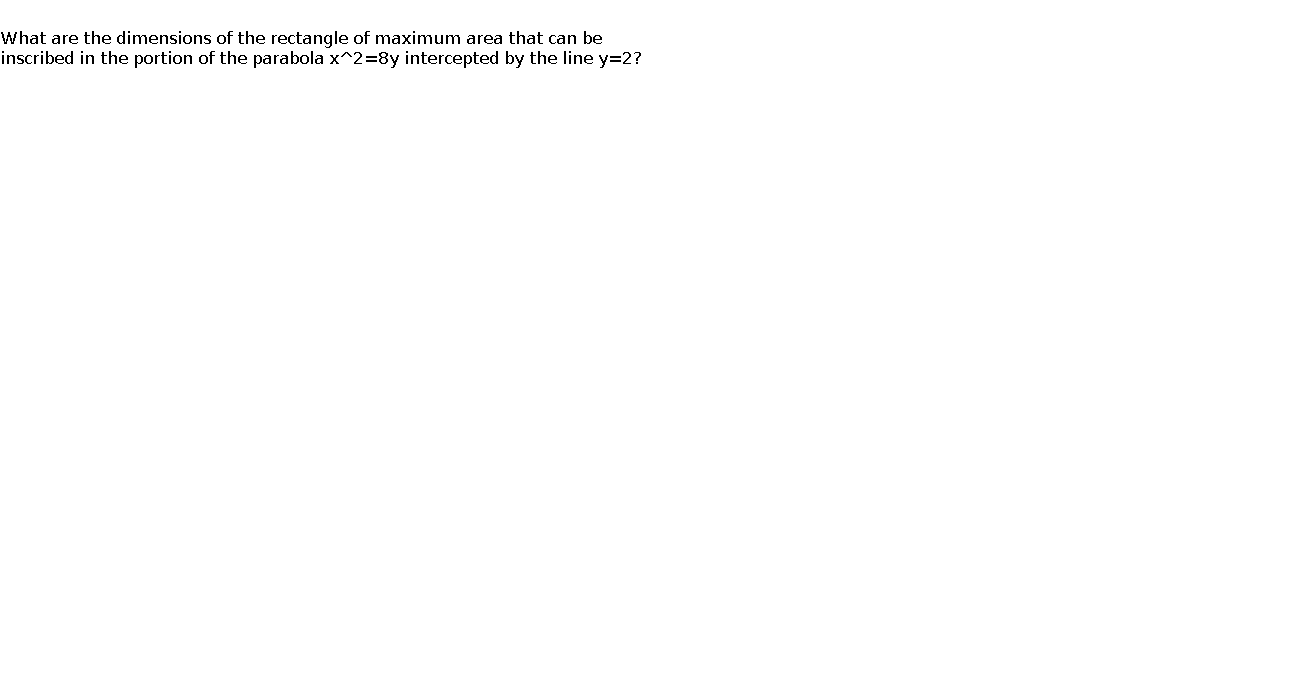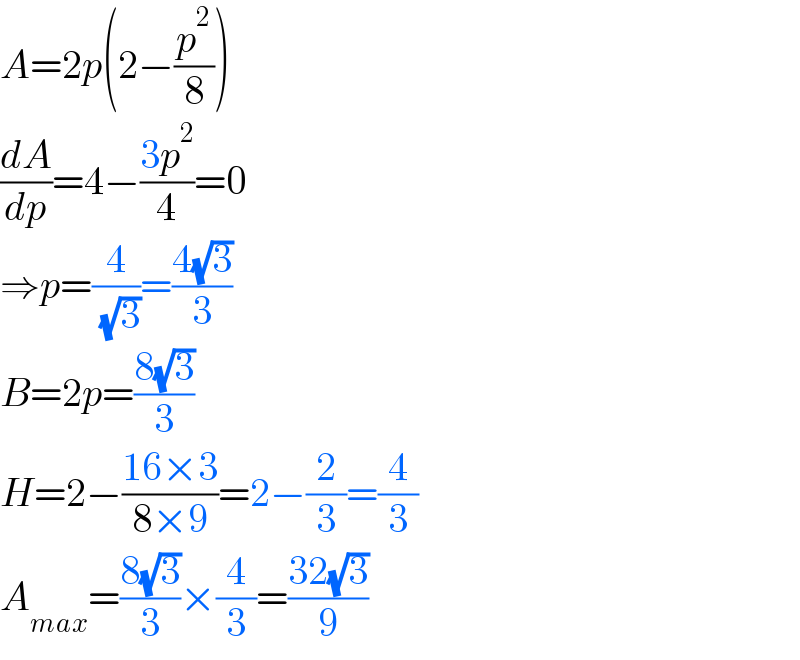Question Number 136006 by liberty last updated on 17/Mar/21

Answered by mr W last updated on 18/Mar/21

Commented by otchereabdullai@gmail.com last updated on 17/Mar/21

Commented by liberty last updated on 17/Mar/21

Commented by liberty last updated on 18/Mar/21

Commented by mr W last updated on 18/Mar/21

Answered by liberty last updated on 17/Mar/21

